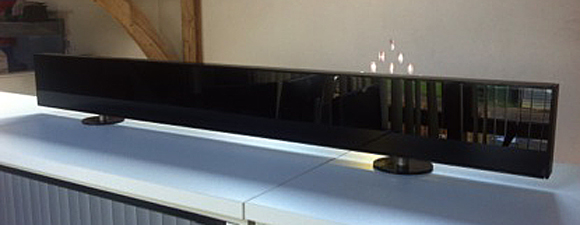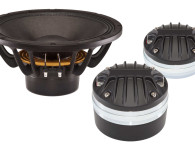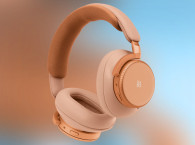
The Cambridge based company is seeking to license the technology, which scales to match any size of TV on the market today, to leading audio equipment and TV manufacturers. The technology is based on patented bending wave techniques that accurately control sub-sonic and sonic waves across a flat or curved surface in order to create a high quality loudspeaker or deliver a customisable haptic effect to a specific coordinate on the device… be it a screen, panel, steering wheel or even joystick.
Redux Labs has developed solutions for a wide range of applications including mobile and consumer devices, home appliances, automotive and aerospace. James Lewis, CEO said: “The wall mounted glass-front sound bar would have the same sleek looks as leading manufacturers are designing into their premium range TVs. We’ve also carried out subjective comparisons with high-end sound bars and sound-plinths, and this low cost design delivers an audio fidelity that competes with or out-performs products currently costing around $1,000.”
Redux has attached its patented inertial audio transducers to the Gorilla Glass. These drive the sound directly from the glass, eliminating the need for ports, vents, grilles and other acoustic features from the sealed enclosure.
Full audio frequency drive into the transducers creates microscopic bending waves in the surface of the glass. Left/centre/right channels are rendered so that the person watching TV will hear a broad sound stage with the clear dialogue in the centre, and the ambient sounds spatialised throughout the background. High frequencies reach over 20kHz, with low frequencies going below 100Hz. The sound bar design enables sound levels that will be very loud in even the largest of living rooms.

The process of chemically strengthening glass – typically used as the display cover glass in smartphones and tablets – gives the material attributes that are well suited to Redux SurfaceSound audio technology (also known as Distributed Mode Loudspeakers). The natural damping of the glass, combined with engineered damping in the sound bar system-level design allows well separated stereo sound, and a sound stage that works faithfully with the audio production, whether on a movie or a music track.
The glass sound bar demonstration is a simple enclosure that would have low production and manufacturing costs, and three transducers are capable of delivering excellent sound levels and fidelity for a L/C/R audio rendition.
Redux has rights over a broad range of IP and solutions relating to haptics (tactile feedback) and audio from panels, and focuses on automotive, consumer, computing and aerospace markets. Redux collaborates with its customers to design its technology into their products, and to license the use of its IP in mass production.
www.reduxst.com







